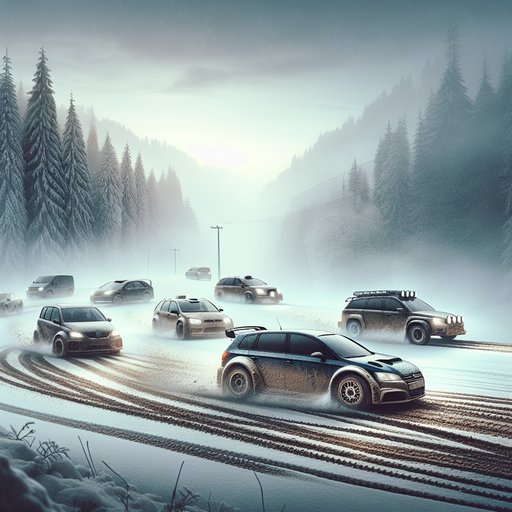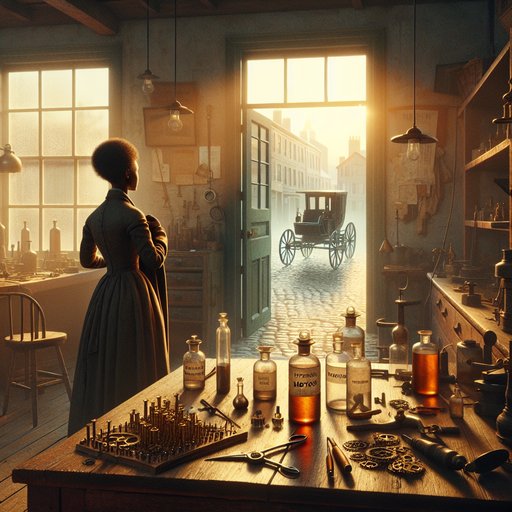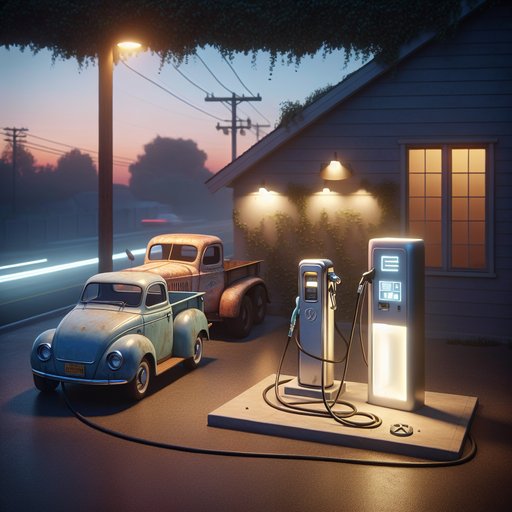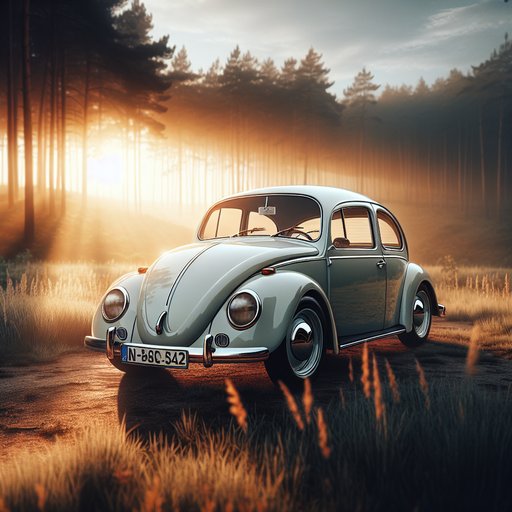
On winter mornings and dusty afternoons, the same badges found on commuter cars have chewed through snowbanks and skimmed over crests, their silhouettes familiar even beneath mud and headlamp pods. They belong to ordinary manufacturers—brands with minivans and hatchbacks—who learned to make their steel sing on hostile roads. Follow the tire marks and you find a story of how everyday shapes became rally legends, turning dealership stock into trophies and towns into stages. It’s all there in the spray of slush at Monte Carlo, the woodsmoke hanging above Welsh forests, the hiss of anti-lag bouncing off Alpine rock. The cars are recognizable; what they did with that recognition changed motorsport.

At the edge of the 19th century, a new kind of noise entered the streets of Mannheim. It was not the clatter of hooves or the whistle of steam, but a measured thrum—evidence of a question being asked out loud. Karl Benz shaped the question with tools and patience. Bertha Benz carried the answer over rutted roads between Mannheim and Pforzheim. Their story does not begin with a cheering crowd, but with the particular silence of a workshop and the steady confidence of a woman who knew how to leave at dawn without waking the house.

A decade ago the diesel pump handle felt like a hinge to the future; now it sits beside chargers humming with their own promise. The decline of diesel engines in personal transportation has not been a sudden collapse but a steady narrowing of options, a recalibration of values at the intersection of policy, engineering, and habit. The soundscape of the road has changed, and with it the rituals of driving. This is not a eulogy and not an indictment. It is a look in the rearview mirror while the lane ahead fills with new markings, new rules, and a different kind of power.

The Volkswagen Beetle, a symbol of German ingenuity and resilience, has become one of the most iconic cars ever made. Its unique design and cultural impact have left a lasting mark on the history of automotive engineering.











































